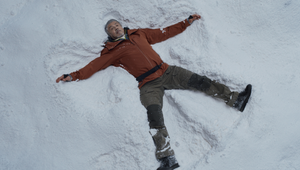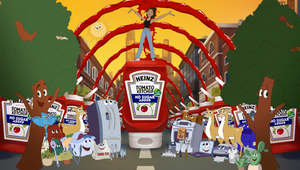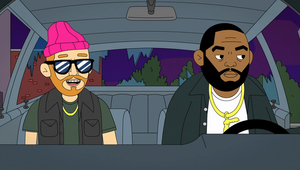
Your Shot: Titmouse’s Kid-Focused ‘Galaxy of Adventures’ for Star Wars
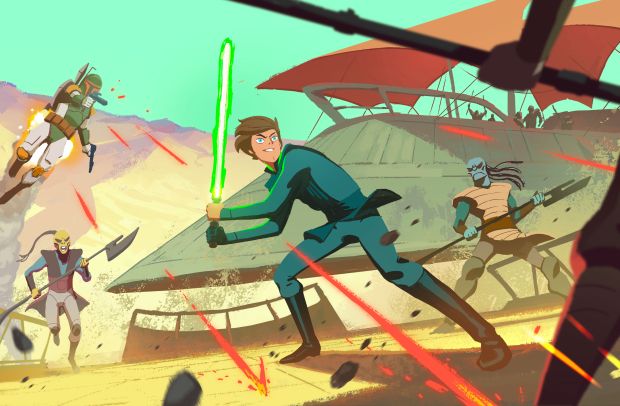
At the back end of 2018 the first round of Star Wars 'Galaxy of Adventures' shorts hit the internet. Created with younger viewers in mind - but equally enjoyable for the elder Jedi nerds among you - the films are super digestible one-minute (or thereabouts) snippets that offer a new scope on scenes and themes from the original films. Viewers get to know C3-P0, R2-D2, Han Solo and the legendary Jedi master himself, Yoda. Luke's first bout of lightsaber training gets an injection of humour, while one episode plays out as a type of propaganda trailer for the might of the stormtrooper.
The brains behind the series - which will continue to roll-out this year - are animation house Titmouse and director Barry J. Kelly, who was given ample creative freedom from Titmouse to develop the project. LBB's Addison Capper chatted with him to find out more about creating something new for such an iconic franchise.
LBB> What were you thinking when this opportunity to work on Star Wars first came in?
Barry> When I heard about the project, I reached out to Lucasfilm right away. Star Wars is a monster of a sci-fi universe that’s perfect for animation. Titmouse has animated work for Lucasfilm in the past, including Star Wars Blips, a series of shorts directed by Juno Lee that centred around BB-8.
LBB> Are you a big Star Wars nut yourself? How so?
Barry> Indeed I am. I feel like I’m a ‘second generation’ fan. I never saw the originals in the theatres, I had them recorded on VHS tapes complete with commercial breaks from 1989.
My experience with Star Wars started with hand-me down action figures, inheriting my brother’s fandom. Other mediums really fulfilled my demand for Star Wars - video games, novels, and comic books all showed me there’s much more beyond the original trilogy, and that Star Wars can translate to any medium.
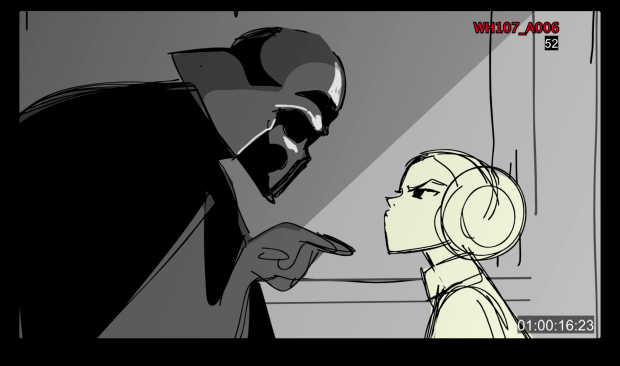
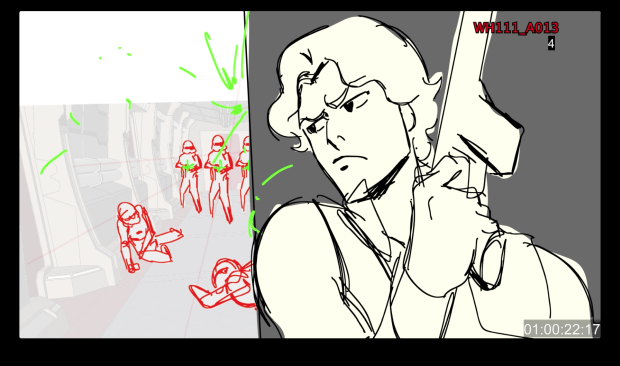
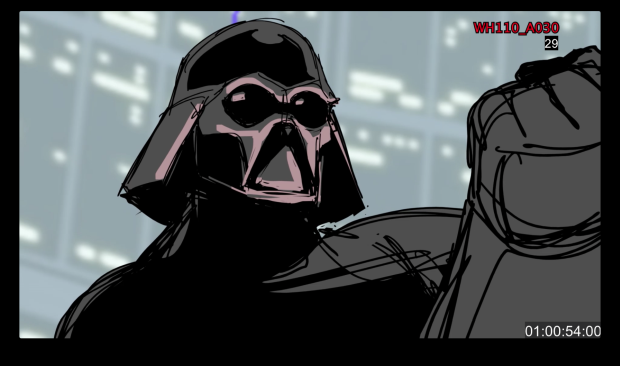
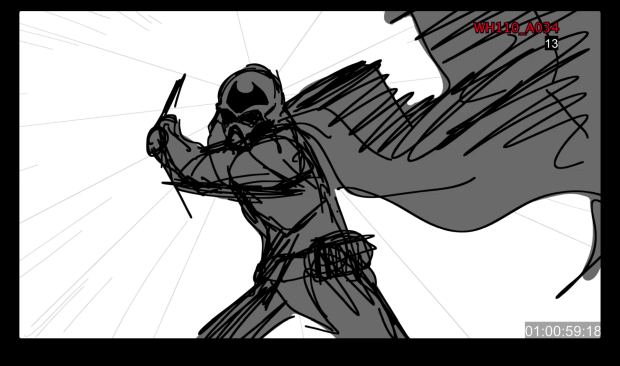

LBB> There's an interesting challenge here because the series seems really rooted in the original Star Wars movies with regards to the story - but you also need to create something fresh and different for a new audience. How did you go about staying true to the originals but still instilling a sense of uniqueness to things?
Barry> As a Star Wars fan, I don’t want to just recreate the scenes frame-by-frame. But this isn’t just for me - it’s for everybody. It’s to give anyone a quick taste of the type of adventure these classic characters have to offer.
There’s a lot that is timeless about Star Wars: the music, characters, set pieces, all that stuff will always look fresh. Using the actual dialogue adds a touch of authenticity from the films.
Starting from there, our main priority is the character animation. It needs to move well, so we created a style that’s dynamic. It needs to work for the action, comedy, and drama that these scenes require.
LBB> Let's talk about the animation style... what were you aiming for with this? And what were your starting points when developing it?
Barry> I wanted a flexible style that would work for the action, comedy, and drama that these scenes require. As far as action goes, Star Wars: The Clone Wars and Star Wars Rebels already have a great, established look. I wanted to do something different. It needed to be fun - fun to look at, and fun to move. We spent a good chunk of time developing a sophisticated style that may catch you by surprise when you’re just scrolling on your phone.
I also feel like if you’re going to do action, you need to make something compelling enough to keep up with all the mind-blowing action found in video games, TV, and film. We have to use our own tricks to make 2D-drawn images as effective as we can.
We need to animate these fast, so it also had to be a style that was forgiving. We got rid of outside contour lines on the characters. Line weight is a very hard thing to wrangle if you don’t have enough time to refine it for inconsistencies. So we got rid of lines and built the characters out of strong colour shapes and silhouettes with solid construction. They can get rougher when we need the characters to be more crazy, and the drawings can get tighter when it calls for good close ups with more emotional acting. It’s flexible.

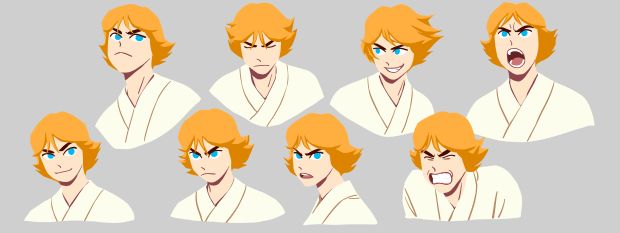

LBB> In my eyes, the style has got a hint of anime to it - would you agree with that? If so, what was the thought process behind that?
Barry> Absolutely! Anime has the most creative action animation on the planet. It’s a huge inspiration. But that inspiration is not just on a superficial level. How anime moves - that’s the real genius of it. The timing, the cheats, the efficient drawing and control in making action feel satisfying. Anime has action on par with any blockbuster movie. I don’t think many action shows can keep up.
LBB> Did you also play a role in the writing as well as the animation?
Barry> The shorts are board-driven, so in a way I did. Lucasfilm wanted each short to focus on a character, and quickly highlight what makes that character who they are.
Some are highlighting what a lightsaber is, or what the Force is. Some are like trailers, and some are just straight-up action pieces showcasing all the fun and chaos that happens when these characters clash.

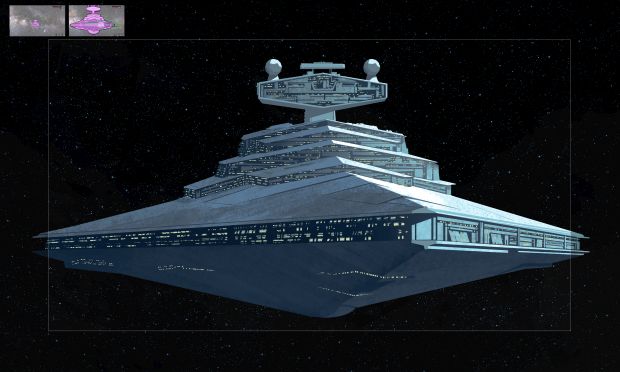
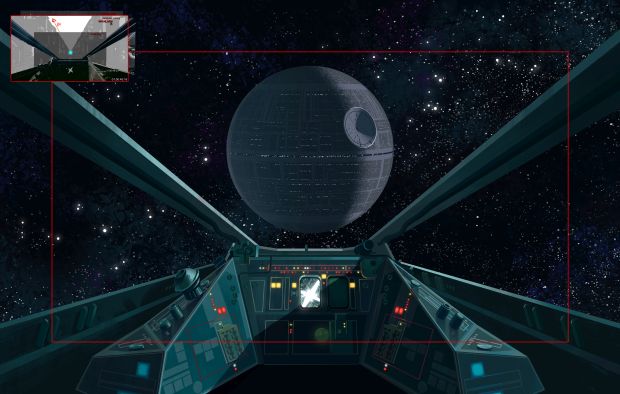
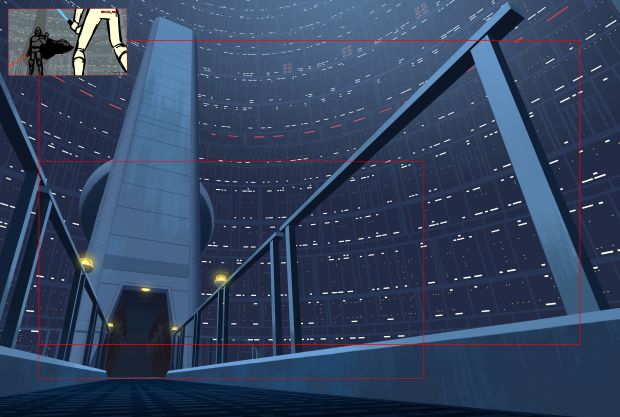
LBB> In the press release it mentions that certain elements extending beyond direct retellings of the story, offering up a fresh perspective on popular lines and scenes. What were the discussions around deciding which scenes you should hone in on and develop? Was a lot of it to do with developing themes that might be influential / popular with younger viewers?
Barry> We met with Lucasfilm several times to figure out the characters and scope of what we wanted to achieve. From the viewer's perspective, we asked ourselves, ‘If you don’t know who these guys are, how can I show who they are visually without taking up time with dialogue? Who they are as characters, not what they look like, in how they act. What lines supplement the lines that capture who they are?’
A lot of Star Wars is wish fulfillment. All of us wanted a lightsaber when Luke turned it on for the first time. That moment also gives us a sense of wonder. Alongside Luke, it shows what he doesn’t know about the world he’s about to journey into, just like us watching for the first time.
In films there are a lot of moments that we don’t see, those moments in between the cuts. Even if something wasn’t seen on screen, there are things that we know happened.
Vader facing off against the rebels is everything that represents Vader as an obstacle, a dark menacing figure in pursuit of our heroes. Leia, as leader of the rebellion, would have been fighting in the trenches along with the rest of her squadron.
Video games like Super Star Wars, Dark Forces, and Battlefront always inspired me to see how moments in the films can be expanded off screen in different mediums without tarnishing anything that’s happened in the films.
As for younger fans, levity is important. We’ll try to bring anything new to spin a classic line into a different funny gag or joke.
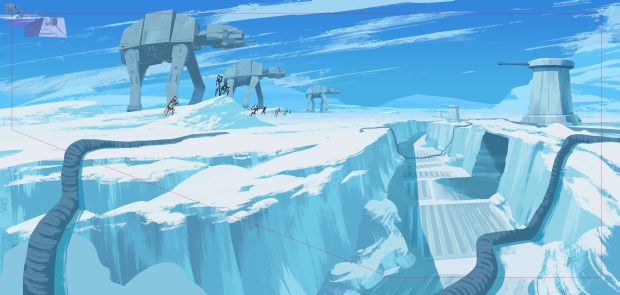

LBB> Can you tell us about any of the scenes that you did develop further? And how and why you did?
Barry> The stormtrooper piece is a type of propaganda trailer designed to show off the battle-hardened troopers fighting for the empire, with the backdrop of a varied terrain. It's a standalone piece that hits locations from the films, Star Wars: The Clone Wars and Star Wars Rebels the animated series.
We have the freedom to encapsulate the scope of the Star Wars universe. We show scenes of Vader fighting rebels and Leia leading rebels in shots that may have never happened in the movies. But there’s plenty of evidence to suggest that these happened in the gaps between the movies, the moments between cuts.
LBB> How did you find the experience of taking existing, well-known characters, and placing them into this animated world? What was the process for that like with regards to character design and personality?
Barry> I approached this by asking myself, what would my Star Wars Saturday morning cartoon look like? In my head plays a slick Thundercats style opening title sequence, but with Luke, Leia, and co. taking on the Empire led by Darth Vader and the Emperor.
We boiled the characters down to their essence. For instance, Luke is a bright eyed boy from the armpit of the universe with dreams to be something greater. He’s innocent and full of hope, whereas Vader is this big imposing obstacle that stands in the way of the rebel heroes. Contrasts like that that really gave us a direction with them. We have to see that when they’re standing in the same space. So once we figured out those two, the rest started to fall into place.
I was lucky to have great artists contribute to the style of the project like Juno Lee, Jake Wyatt, Luke Weber, and Khang Le. Ultimately our character designer Joanna Park nailed a look I’d never seen before, and her drawings drove the characters look and feel.
Art director Antonio Cannobio guided our background designers to craft perfect backdrops for these characters full of texture and atmosphere right out the films. I was pulling from all types of Star Wars art, from Ralph McQuarrie to the classic posters. The posters captured the essence of the movies in how they treated space, vehicles, and colours. I love seeing brush strokes on our background paintings.
LBB> Overall, how did you personally find the process of working so closely to a Star Wars project?
Barry> Lucasfilm has been a strong collaborative partner on the project. They really support Titmouse and put a lot of trust in us to make these shorts the best they can be.
LBB> Any parting thoughts?
Barry> Yes - a big thank you to Lucasfilm and Titmouse for the opportunity to contribute to the world of Star Wars.









